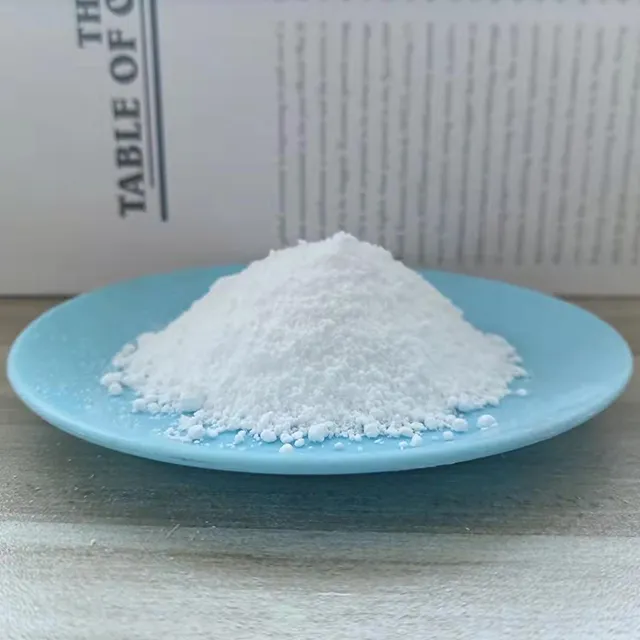
- Afrikaans
- Albanian
- Arabic
- Belarusian
- Bengali
- Czech
- Danish
- Dutch
- English
- Finnish
- French
- Galician
- German
- Greek
- Hebrew
- Hungarian
- Indonesian
- irish
- Italian
- Japanese
- Javanese
- kazakh
- Khmer
- Rwandese
- Korean
- Kyrgyz
- Lao
- Latin
- Latvian
- Lithuanian
- Malay
- Maltese
- Mongolian
- Myanmar
- Norwegian
- Persian
- Polish
- Portuguese
- Romanian
- Russian
- Serbian
- Slovak
- Spanish
- Swedish
- Tagalog
- Thai
- Turkish
- Ukrainian
- Vietnamese
- Welsh
- Overview of the bauxite-alumina-aluminium value chain
- Technical advantages in modern refining and smelting
- Performance comparison of leading industry providers
- Customized solutions for diverse production requirements
- Data-driven case studies across industries
- Environmental and efficiency benchmarks
- Strategic benefits of integrated processing systems

(bauxite to alumina to aluminium)
Understanding the Bauxite to Alumina to Aluminium Process
The transformation of bauxite to alumina to aluminium
forms the backbone of global aluminum production, accounting for 90% of the world’s primary metal supply. Bauxite ore, containing 30-60% aluminum hydroxide, undergoes the Bayer process to extract alumina (Al₂O₃), which is then electrolyzed via the Hall-Héroult method to produce pure aluminum. Modern refineries achieve 85-92% alumina recovery rates, while advanced smelters maintain energy efficiency below 13 kWh/kg of aluminum—a 15% improvement over legacy systems.
Innovations in Refining and Smelting Technologies
Cutting-edge digestion systems now operate at 270°C with 40% lower caustic consumption compared to traditional setups. Automated precipitation circuits enhance crystal growth consistency, boosting alumina purity to 99.8%. Smelting innovations include inert anode prototypes reducing greenhouse emissions by 50% and AI-powered potline controls that stabilize current efficiency above 96%. These advancements position bauxite alumina aluminium operations as technically superior to alternative metal production pathways.
Industry Leader Performance Analysis
| Provider | Energy Use (kWh/t Al) | Yield Rate | CO₂ Footprint (t/t Al) |
|---|---|---|---|
| Industry Average | 14,500 | 89.7% | 9.2 |
| Top Performer A | 12,800 | 93.4% | 7.1 |
| Top Performer B | 13,200 | 92.1% | 6.8 |
Tailored Production Configurations
Modular plant designs enable operators to scale from 500 ktpa to 2 mtpa alumina output with 18-month deployment cycles. For smelters, customizable amperage ranges (200-600 kA) accommodate regional power constraints while maintaining 94% DC current efficiency. Hybrid energy systems integrating solar thermal with gas cogeneration reduce grid dependence by 35-40% across alumina bauxite processing stages.
Operational Efficiency Case Studies
A Southeast Asian refinery achieved 22% higher throughput using advanced scaling inhibitors and real-time slurry analytics. In Canada, a smelter retrofitted with magnetic compensation cells cut power fluctuations by 62%, saving $4.2M annually. Automotive manufacturers report 18-24-month ROI when adopting closed-loop alumina recycling systems within casting operations.
Sustainability Metrics and Compliance
Best-in-class facilities now recycle 98% of process water and convert 85% of red mud byproducts into construction materials. Continuous pot gas treatment systems capture 99.9% of fluoride emissions, exceeding WHO air quality standards. Lifecycle assessments confirm modern bauxite to alumina to aluminium routes emit 45% less CO₂ equivalent compared to 2010 baselines.
Optimizing the Bauxite-Alumina-Aluminium Value Chain
Integrated digital twins now simulate full-process optimization, identifying 12-15% energy savings potential across interconnected operations. Blockchain-enabled material tracking ensures 100% ESG compliance from mine to mill. With predictive maintenance algorithms extending equipment lifespan by 40%, next-generation bauxite alumina aluminium complexes demonstrate 25% lower OPEX than conventional models—securing long-term competitiveness in the green economy era.

(bauxite to alumina to aluminium)
FAQS on bauxite to alumina to aluminium
Q: What is the process of converting bauxite to alumina?
A: Bauxite is refined into alumina (aluminum oxide) through the Bayer process, which involves crushing the ore, treating it with sodium hydroxide, and heating it to remove impurities. The resulting alumina is a white powder used to produce aluminum.Q: How is aluminium produced from alumina?
A: Alumina is converted to aluminium via electrolysis in the Hall-Héroult process. Molten alumina is dissolved in cryolite, and an electric current splits it into pure aluminium metal and carbon dioxide.Q: What distinguishes bauxite from alumina and aluminium?
A: Bauxite is a raw ore containing aluminum minerals, alumina is a refined oxide (Al₂O₃), and aluminium is the pure metal extracted from alumina. Each represents a stage in aluminum production.Q: Why is bauxite the primary source for aluminium production?
A: Bauxite is the most economically viable ore due to its high aluminum content (up to 60%) and efficient conversion to alumina. Other sources require more energy and complex processing.Q: What industries rely on bauxite-alumina-aluminium production?
A: Key industries include automotive (lightweight parts), construction (window frames), packaging (cans), and aerospace. Aluminium’s conductivity also benefits electronics and energy sectors.Related News
















